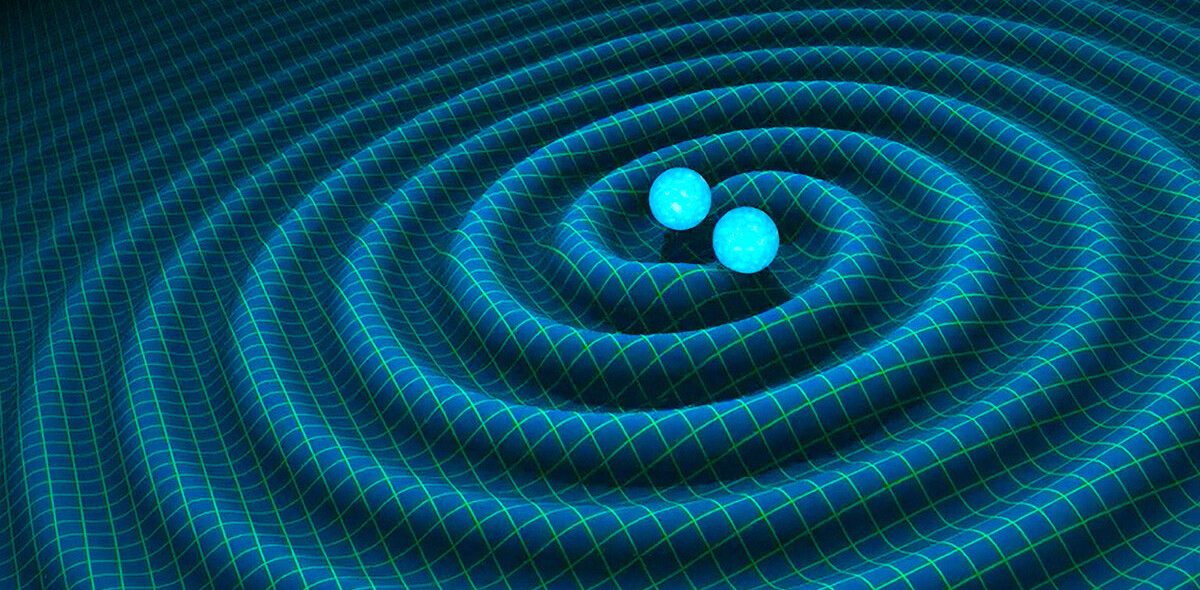
About 280 light-years from Earth, a world of molten magma orbits one of the oldest stars in the galaxy. This exoplanet, 50% larger than the Earth, whips around its star at a breathtaking clip.
Racing in tight circles 100 times closer to its star than the Earth maintains from the Sun, TOI-561 b burns with scorching surface temperatures over 2,000 Celsius (3,630 F). This is roughly twice as hot as molten lava on Earth, and is even hotter than magma studied inside laboratories.
This proximity to TOI-561 further results in an ultra-short-period orbit, circling its 10-billion-year-old stellar parent once every 12 hours.
“For every day you’re on Earth, this planet orbits its star twice,” Stephen Kane, a planetary astrophysicist at UC Riverside, stated.
And, the TOI-561 system is found in a region of the Milky Way known to house ancient stars.
“The rocky planet orbiting TOI-561 is one of the oldest rocky planets yet discovered. Its existence shows that the universe has been forming rocky planets almost since its inception 14 billion years ago,” said Lauren Weiss, from the Institute for Astronomy (IfA), leader of the team that discovered the TOI-561 planetary system, stated.
This solar system never had much, but they stayed close
Orbiting TOI-561, a star residing in the thick disk of our Milky Way, astronomers spotted three previously-unknown exoplanets. This region, surrounding the brighter, inner disk of stars, contains older stars than those in brighter regions of the Milky Way.
[Read: ]
“Thick disk stars are chemically distinct, with fewer trace heavy elements (and especially less iron) than typical stars of the Milky Way, suggesting they formed early, approximately 10 billion years ago. They also have wandering motions that can lift them out of the galactic plane, providing an epic view of our own spiral galaxy,” The Institute for Astronomy at the University of Hawaii reports.
The innermost world, TOI-561 b, is less than 50% larger than Earth, but it contains about three times as much mass as our homeworld. Together, this means that this newly-found world has a density about the same as Earth.
This finding was unexpected since the density “should” have been higher. A lower density suggests an ancient exoplanet.
Heavy elements, produced during stellar reactions, were rare in the early Universe. Therefore, the first worlds would have been composed largely of hydrogen and helium (the first two elements produced), resulting in low densities for ancient exoplanets.
“Planet b has a mass and density… consistent with a rocky composition. Its lower-than-average density is consistent with an iron-poor composition, although an Earth-like iron-to-silicates ratio is not ruled out,” researchers describe in The Astronomical Journal.
The next planet out, TOI-561c, is nearly three times larger than Earth, and orbits its stellar parent once every 11 days, at a distance less than 10% of the distance between the Earth and Sun. It may possess a significant atmosphere.
The furthest-flung of these newly-found exoplanets is TOI-561d, two-and-a-third times larger than Earth, circling once every twenty-five days, sixteen hours. Few details are known about this planet, although further studies may reveal details unknown to astronomers today.
TESS, TESS, TESS, TESS me now…
“So I saw many planets, and they looked just a little bit brighter than they do from Earth” — Sally Ride
As these worlds passed “in front” of their star as seen from Earth, astronomers saw dips in the amount of light arriving from the star, using the Transiting Exoplanet Survey Satellite (TESS), launched in April 2018.
Follow-up observations conducted at Keck Observatory measured the gravitational wobble in the star produced by the planets, allowing researchers to determine the masses of these three worlds.
The star at the center of this system is number 561 in a database of objects to be studied by TESS (Hence, TOI-561 for “TESS Object of Interest 561”). It is roughly 80% of the mass of the Sun, and 85% as large. Much like our own Sun, it is classified as a G-type star, still fusing hydrogen into helium, producing energy.
There is also evidence for two additional worlds within the system, in addition to this hat trick of planetary discovery. The massive TOI-561e could have about six times the mass of Earth, orbiting its sun once every 77 days. The other, TOI-561f, is thought to contain between two and five times as much mass as Earth, circling the central star every 16 days.
There are now more than 4,400 exoplanets known to astronomers. And the innermost planet of the TOI-561 system appears to be traveling as fast as new discoveries about alien worlds.
This article was originally published on The Cosmic Companion by James Maynard, founder and publisher of The Cosmic Companion. He is a New England native turned desert rat in Tucson, where he lives with his lovely wife, Nicole, and Max the Cat. You can read this original piece here.
Astronomy News with The Cosmic Companion is also available as a weekly podcast, carried on all major podcast providers. Tune in every Tuesday for updates on the latest astronomy news, and interviews with astronomers and other researchers working to uncover the nature of the Universe.
Get the TNW newsletter
Get the most important tech news in your inbox each week.








